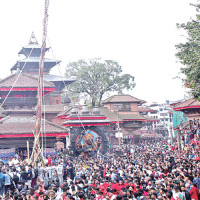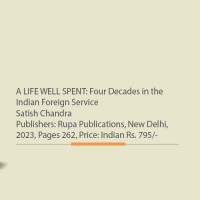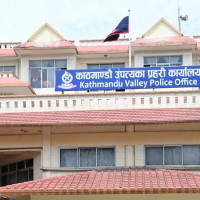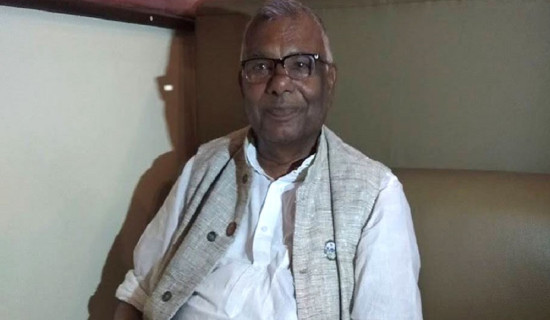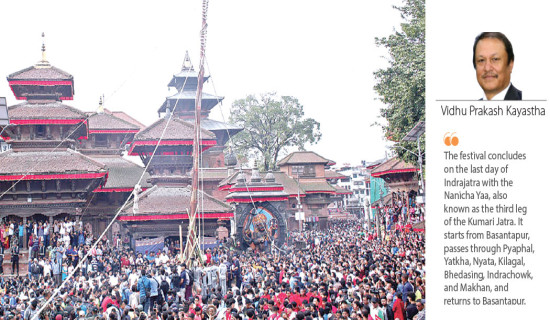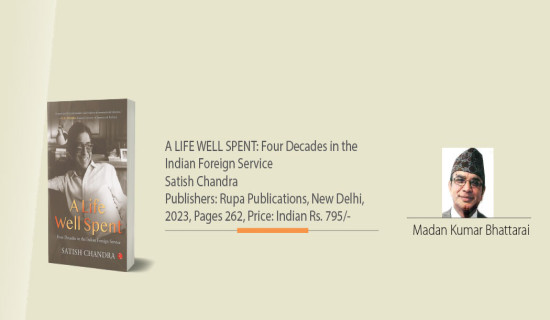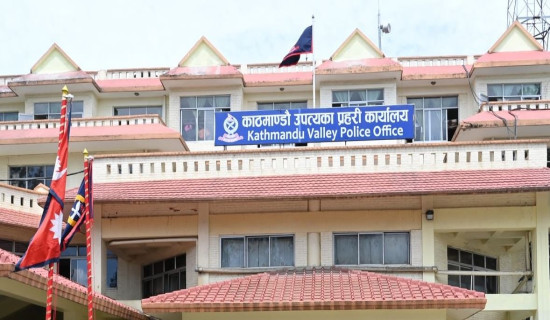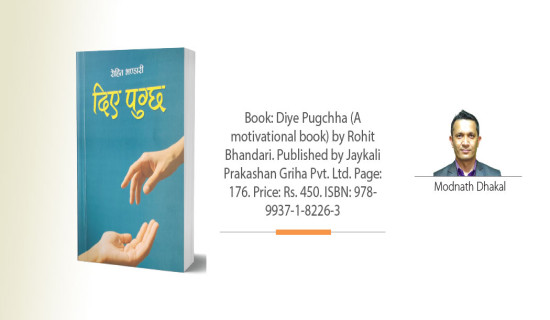- Friday, 5 September 2025
Festivities In Virtual Realms
Just a few years back, the arrival of festivals was signalled by the aroma of sweets, new dresses laid out on the bed, and cousins barging in through the front door unannounced. Now, they arrive with Instagram Reels, TikTok dances, and the inevitable "Festive Vibes" hashtag. Nepali festivals' noisy yet collective rituals have gained a few new dimensions: trendy, shareable, and algorithm-approved.
Let's take Teej, for example. Growing up, Teej was about mothers and sisters gathering in red saris, dancing, and singing the traditional songs together. However, this year, my memory is less of those and more of my aunts stubbornly asking me to record their TikTok dance again and again in the latest trendy Teej song. Even Dar used to be a grand feast reserved for just a few days before the festival.
However, Teej has now stretched from being a day-long festival to a season of its own. They begin two months early, with banquet halls fully booked and filled with the endless rounds of eating, dancing, and filming.
Of course, there is a silver lining to the situation as well. Social media has allowed women to express identity, creativity, and solidarity across geographical boundaries. They share their joy and excitement with the press and receive similar sentiments from sisters in New York, Sydney, London, and Doha.
However, on the other hand, it risks the heart of our festivals being reduced to a performance crafted for likes and comments rather than personal meaning. Our screens are filled with women draped in red, lip-syncing carefully in short video clips. A spiritual day of fasting and prayer has turned into a day of endless content creation, and hunger pangs are not solely for food and drinks but also for social media visibility.
Dashain, Nepal's largest and most anticipated festival, has also been reshaped by the digital world. Once, it was about the chaos and excitement of flying kites, playing cards late into the night, and the sound of goats bleating in the nearby sheds.
It carried the creaks of linge ping and the long lines of children and adults alike to swing on it. However, now it arrives with Facebook greetings and GIFs, and family members abroad join tika via Zoom.
This technological development helps keep the connection alive for families separated through migration. A son in the Gulf countries can now receive blessings from his parents during auspicious times, and a daughter in Sydney can wear her new kurtha and join her cousins during tika. Yet the sensory arrival of Dashain, the smell of all the food, and the feel of akshyata and jamara pressed to your head cannot be transmitted through the screens. And, well, have you ever experienced the awkwardness of smearing akshyata across a laptop screen?
Sociologists call this "the mediatisation of culture", when festivals no longer exist for physical celebration but also to perform for digital audiences. The essence of festivals, togetherness, is both amplified and diluted online, and amplified because people from all over the world engage with us. Diluted because the intimacy of shared laughter and connections is confined to a reel, like a rehearsed act.
But this may not be that different from the past. Nepali festivals have always been on the performative side. Displaying new clothes to cousins and neighbours, or preparing grand feasts to establish a reputation, has always been the norm in our culture. But the scale is way larger now. Instead of showing off to a few people in the community, celebrations are now flaunted in front of thousands of followers worldwide.
Another striking example is Tihar, the festival of lights. Traditionally, it was about honouring animals alongside Lakshmi, the goddess of wealth. The beauty of this festival lies in the soft glow of Diyo, the unmistakable aroma of ghee and selroti, children playing and improvising deusi-bhailo, and cousins gathering to light the fireworks together.
But now, the heart of Tihar has shifted from gratitude towards nature and kinship to who has done it better. Who decorated their house best, who wore the most striking outfit, and which family has the biggest Rangoli? The diyo is replaced with LED strips and disco lights that sync to the latest TikTok trends. The age of improvising Deusi at the neighbour's doorstep is also slowly dying with the availability of ready-made lyrics on Google. Traditional folk songs are also slowly being replaced by Bollywood Diwali dance hits.
Chhath has also undergone its own digital makeover. Its solemn, predawn rituals used to be intimate but now have become an exhibition broadcast to millions. While this visibility has given the festival a national recognition beyond its regional boundaries, it blurs the line between honouring a ritual and curating it for Instagram.
In addition to presenting each ritual as a staged performance, this digitalisation of festivals also brings forth the challenge of commercialisation. Banquet halls, outfits, and even rituals are increasingly shaped by what will look good online, rather than by tradition itself. In chasing digital visibility, the simplicity and sincerity of our festivals are slowly getting overshadowed by our preference towards what seems viral-worthy.
As we prepare for our upcoming festive season, let's ask ourselves: Do we want to experience the thrill of cutting others' kite threads and listening to the swings creaking under our bodies, or do we want festivals to remain merely as a highlight reel? Do we want to celebrate and enjoy our festivals, or do we want to scroll through them?
(Niraula is pursuing higher education at St. Xavier's College).





